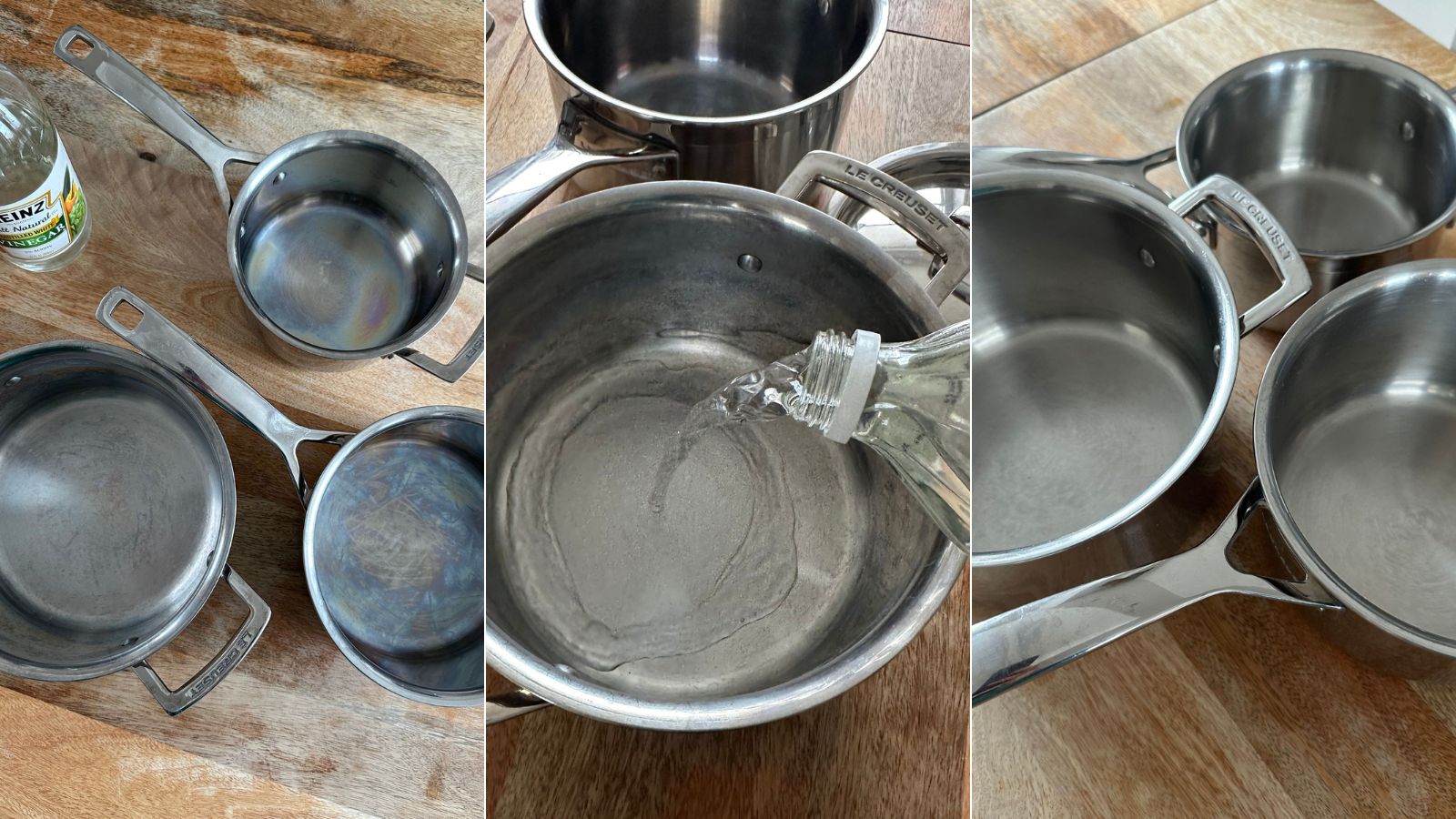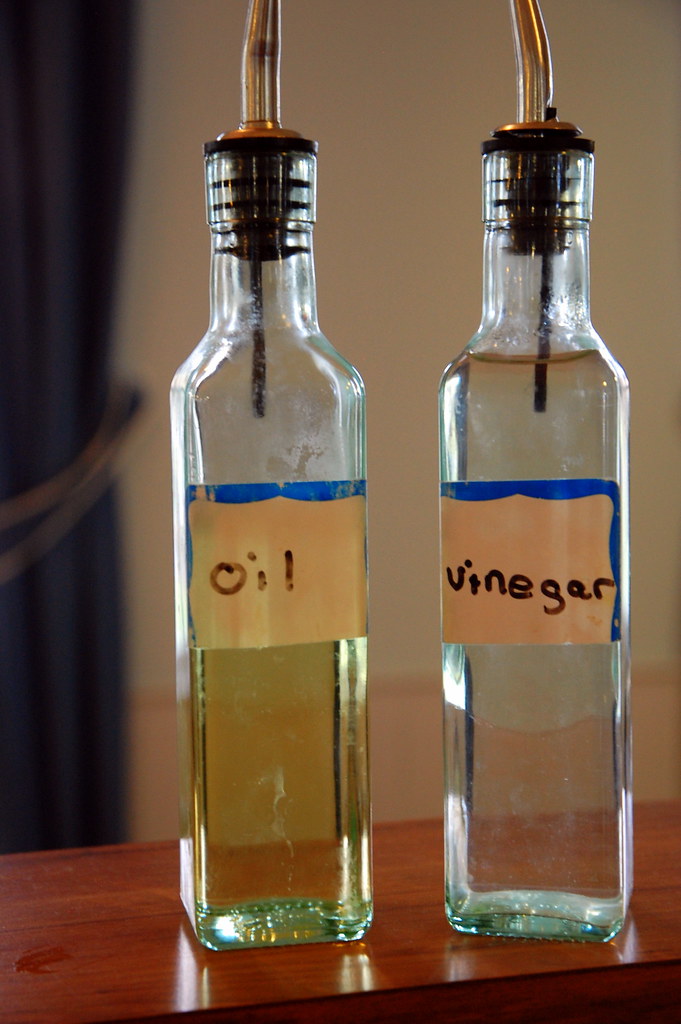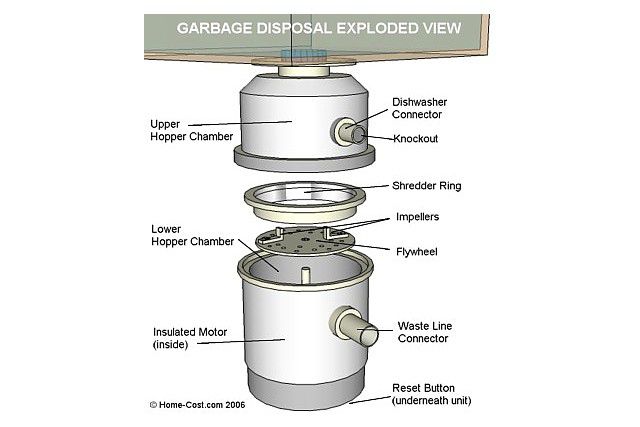Does Vinegar Make Stainless Steel Shiny?
Vinegar is an effective and natural way to make stainless steel shiny. It is a common household product that is used in many different ways. It can be used to clean and deodorize appliances, remove stains, and even make stainless steel shiny. Vinegar is acidic, so it can break down dirt and grime that has been left on the surface of the stainless steel. When used correctly, vinegar can leave stainless steel looking as good as new.
What is Vinegar and Why is it Used on Stainless Steel?
Vinegar is a common household ingredient that has a range of uses. It is an acidic liquid made from fermented alcohol and can be used for a variety of purposes, from cleaning to cooking. Vinegar is often used to make stainless steel shine, as it can remove tarnish and rust from the surface. Vinegar is safe to use on stainless steel, as it is not corrosive and does not damage the material. Additionally, vinegar is an effective and affordable cleaner, which makes it a popular choice for many homeowners.
The acidity in vinegar works to break down minerals and other substances that can cause discoloration and tarnish on stainless steel. To use vinegar to clean stainless steel, simply mix equal parts vinegar and water in a spray bottle and apply it to the surface. Allow the solution to sit for a few minutes, and then scrub the surface with a soft cloth or sponge. Once the surface has been scrubbed, rinse it with clean water and dry with a soft cloth. The result will be a shiny and clean stainless steel surface.
How Does Vinegar Clean Stainless Steel?
Vinegar is an effective and natural way to clean stainless steel. With its mild acidic properties, vinegar is able to break through dirt and grime, leaving stainless steel shining and looking new. Vinegar is also an effective disinfectant and can kill germs on stainless steel surfaces. To clean stainless steel with vinegar, all you need is a few ingredients and a few minutes of your time. First, mix equal parts vinegar and water into a bowl. Then, dip a clean cloth into the solution and wipe the surface of the stainless steel. The next step is to rinse the stainless steel with water and then dry with a clean cloth. Doing this regularly will ensure that your stainless steel remains clean and shiny for years to come.
What Types of Vinegar can be Used to Clean Stainless Steel?
When it comes to cleaning and polishing stainless steel, vinegar is an invaluable tool. But not all vinegars are equal when it comes to making stainless steel shiny and cleaning it effectively. White distilled vinegar is the most commonly used type of vinegar for cleaning stainless steel, but there are other types of vinegar that can also be used.
Balsamic vinegar is a great option for cleaning stainless steel because it is mild enough to not cause any damage to the metal, but strong enough to remove dirt and grime. Apple cider vinegar is also a good choice for cleaning stainless steel. It is a natural cleanser and contains acetic acid, which is a powerful cleaning agent. It is also antibacterial, so it can help prevent the growth of bacteria on the surface of the stainless steel.
Wine vinegar is another option for cleaning stainless steel. It is mild enough to not damage the metal, but it is strong enough to remove dirt and grime. Rice vinegar is also a good choice for cleaning stainless steel because it is mild and non-corrosive. It can help remove stains and grease, as well as make stainless steel shiny.
No matter which type of vinegar you choose, it is important to remember to always use it in conjunction with a soft cloth or sponge to avoid damaging the stainless steel. This will help ensure that your stainless steel remains clean and shiny for years to come.
What Safety Precautions Should be Taken When Cleaning Stainless Steel with Vinegar?
Stainless steel is a popular material in kitchens and bathrooms for its durability and low maintenance. Cleaning stainless steel surfaces with vinegar is an effective and safe way to keep it looking shiny and new. However, there are certain safety precautions to take when using vinegar to clean stainless steel.
First and foremost, it’s important to clean stainless steel surfaces with a non-abrasive material such as a soft cloth or sponge. Abrasive materials like steel wool or scouring pads can leave scratches on stainless steel and dull its appearance. It’s also important to use a mild detergent and warm water to remove stubborn dirt before using vinegar.
When using vinegar to clean stainless steel, it’s important to dilute it with equal parts of water. This will prevent the vinegar from corroding the stainless steel. It’s also important to avoid using vinegar on polished stainless steel surfaces, as this can cause discoloration.
Finally, it’s important to use a protective sealant or wax on stainless steel surfaces after cleaning with vinegar. This will help prevent corrosion and keep the surface looking shiny and new. By following these safety precautions, you can ensure that your stainless steel surfaces stay clean and looking their best.

What Other Alternatives Exist to Clean Stainless Steel?
Stainless steel is a common material used in many home appliances, so keeping it clean and shiny is important. While vinegar is a popular choice for cleaning stainless steel, it isn’t the only option. Other alternatives include baking soda, olive oil, and lemon juice. Baking soda is a mild abrasive that can be used to remove stains and residue without scratching the surface of the stainless steel. Olive oil is a great option to restore the shine of stainless steel, as it helps to keep the surface looking polished and glossy. Finally, lemon juice is a natural acid that can be used to cut through grease and grime, and leave the stainless steel looking sparkling clean. All of these alternatives to vinegar are safe to use on stainless steel and can help to keep it clean and looking great.
What are the Pros and Cons of Cleaning Stainless Steel with Vinegar?
Vinegar is a common household ingredient that can be used to clean a range of surfaces, including stainless steel. Although vinegar is an effective, natural way to clean stainless steel, it is important to understand the pros and cons of this cleaning method.
The biggest advantage of using vinegar to clean stainless steel is its cost-effectiveness. Vinegar is inexpensive and widely available, making it an ideal choice for those looking for an affordable cleaning solution. Additionally, vinegar is non-toxic and biodegradable, making it a safe choice for the environment.
However, there are some drawbacks to using vinegar on stainless steel. Vinegar is acidic, which means that it can be corrosive to some metals. If used on the wrong type of stainless steel, it can cause damage. Additionally, vinegar can leave behind a residue if not correctly rinsed off. Lastly, vinegar is not as effective at removing dirt and grime as other cleaning products, so it could take multiple applications to get the desired result.
When it comes to cleaning stainless steel with vinegar, it is important to weigh the pros and cons. Vinegar is an effective, natural cleaning option but it is important to ensure that it is used correctly to minimize the risk of corrosion and residue.
How Long Does it Take for Vinegar to Make Stainless Steel Shiny?
Vinegar can be a cost-effective and eco-friendly way to make stainless steel surfaces shine like new. But how long does it take for vinegar to make stainless steel shiny? The answer depends on the level of corrosion and oxidation on the steel surface. In general, it can take anywhere from several minutes to several hours for vinegar to work its magic.
For minor corrosion and oxidation, a few minutes of soaking in a vinegar solution of equal parts white vinegar and water can be enough to make stainless steel look shiny and new again. For more severe oxidation and corrosion, you may need to soak the stainless steel in vinegar for up to several hours. You should also scrub the surface with a soft, non-abrasive cloth to speed up the cleaning process.
When using vinegar to clean stainless steel surfaces, it is important to use the right concentration of the solution. If the solution is too weak, it may not be effective in removing the oxidation and corrosion. Too strong of a solution may damage the surface. Additionally, it is important to rinse the stainless steel thoroughly with clean water after the vinegar treatment to ensure all traces of the solution are removed.
With the right vinegar solution and some patience, you can make Stainless Steel surfaces look shiny and new again without spending a fortune. So, if you are looking for an eco-friendly and cost-effective way to get your stainless steel surfaces looking like new, vinegar is worth a try!
Conclusion
Vinegar is a cost-effective and safe way to clean stainless steel kitchen appliances and fixtures. Although it does not make stainless steel shiny, it does help to remove dirt, soap scum, and mineral deposits, and can also help to reduce the appearance of water spots. To ensure that stainless steel remains shiny and free from corrosion, it is important to use a cleaning product specifically designed for stainless steel. Regular and proper maintenance will help to keep stainless steel looking its best for many years to come.
FAQs About the Does Vinegar Make Stainless Steel Shiny?
Q1: Can I use any type of vinegar to make stainless steel shiny?
A1: Yes, you can use white vinegar, apple cider vinegar, or any other type of vinegar to make stainless steel shiny.
Q2: How do I apply the vinegar to make stainless steel shiny?
A2: First, you should clean the stainless steel surface with a cloth dipped in warm soapy water. Then, fill a spray bottle with the vinegar of your choice and spray the stainless steel surface. Finally, use a clean cloth to buff the stainless steel.
Q3: How often do I need to apply vinegar to make stainless steel shiny?
A3: You should apply vinegar to the stainless steel surface every few months in order to keep it shiny.
Conclusion
In conclusion, vinegar can indeed make stainless steel shiny. Vinegar is a natural cleaning agent and a mild acid, making it a great tool for cleaning and polishing stainless steel surfaces. When used properly, vinegar should be able to make most stainless steel surfaces look shiny and new. However, it is best to test a small area first to ensure that the surface does not discolor and that the vinegar does not damage it.






